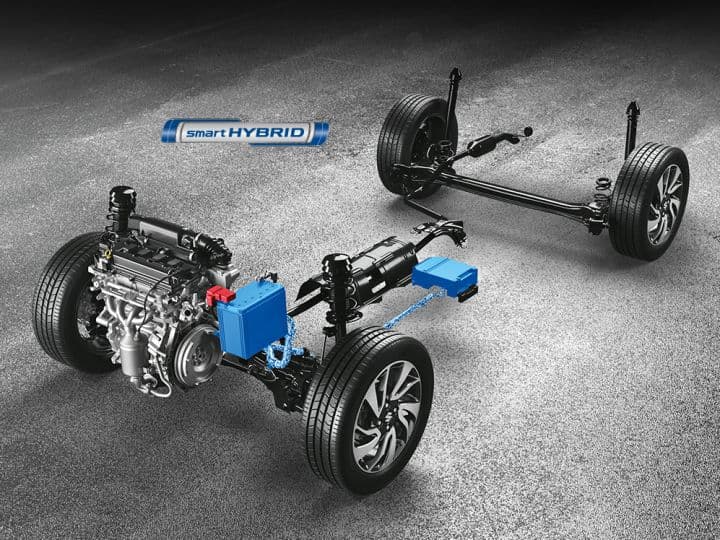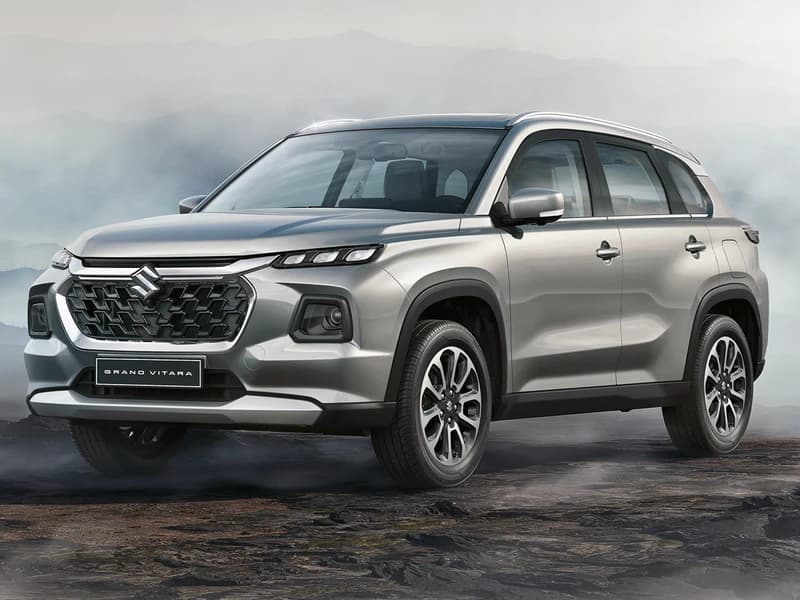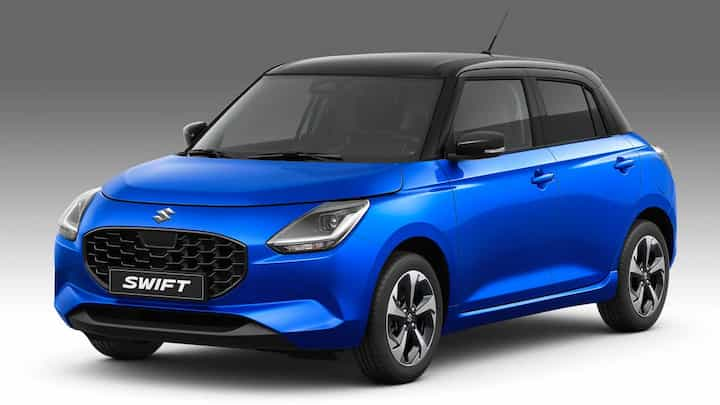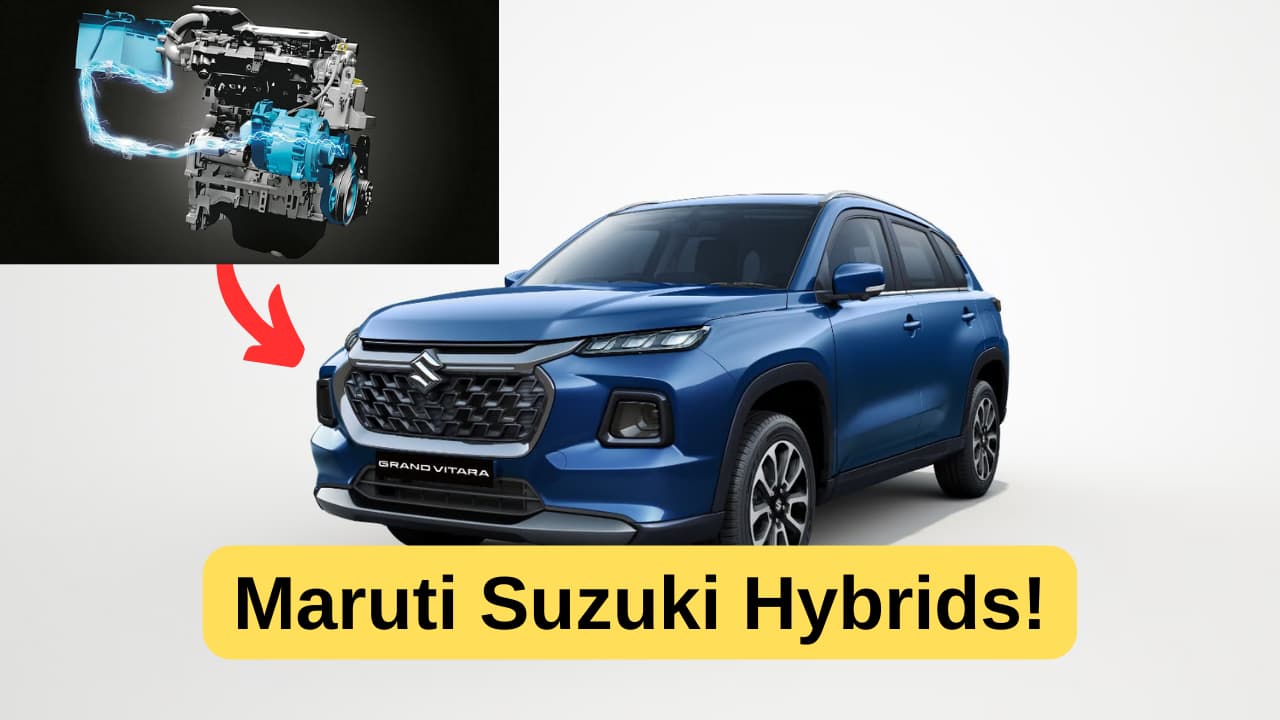Contents
Maruti Suzuki plans to bring their own Hybrid Tech, ditching Toyota’s Hybrid Tech
The Indian automotive scene is abuzz with electrification. While rivals chase full-fledged EVs, Maruti Suzuki, the country’s leading automaker, takes a bold gamble: hybrids. Aiming for 25% sales powered by this technology by 2031, they’re betting on affordability and a unique approach to win the hearts (and wallets) of Indian car buyers. Here is the actual reason why Maruti Suzuki will bring their hybrid technology and not use Toyota’s in India.
Why Hybrids in a Land of ICE?

Unlike Europe’s aggressive EV push, India’s stance on the combustion engine remains ambiguous. This opens a window for alternative technologies, and Maruti Suzuki embraces it with a multi-fuel strategy encompassing CNG, biofuels, and hybrids.
Hybrids, often dismissed as transitional and expensive, paint a different picture in the real world. Despite minimal government incentives and a limited model selection, they consistently outperform EVs in sales. Why? Attractive pricing and tax benefits (5% for EVs vs. 43% for hybrids) play a role, but consumer behaviour speaks volumes.
Honda, a hybrid pioneer, faltered with the City e:HEV’s high price tag and lack of localization. Meanwhile, Maruti Suzuki and Toyota’s joint venture, the Grand Vitara/Urban Cruiser Hyryder, hit the sweet spot with hybrid options offered at diesel-equivalent prices. This strategic move positions hybrids as a future-proof choice, avoiding potential bans or restrictions on traditional fuels.
Beyond the Grand Vitara, Mass-Market Hybrid Ambitions:

Building on the Grand Vitara’s success, Maruti Suzuki plans to expand its hybrid portfolio aggressively. A three-row Grand Vitara and Hyryder are expected in mid-2025, both featuring the 1.5L Toyota hybrid powertrain. However, for mass-market models like Fronx, Swift, Dzire, and Baleno, a different approach is required.
Hybrids come in three flavours: series, parallel, and series-parallel. Maruti Suzuki opts for the series system, where the engine acts solely as a generator, powering an electric motor that drives the wheels. This keeps costs lower due to a simpler system and no need for a full-fledged gearbox. It also allows the engine to operate at optimal efficiency, boosting fuel economy (targeting 40kmpl!).
Parallel vs. Series: Cost Takes Center Stage:
Parallel hybrids allow both engine and motor to power the wheels, while series-parallel systems combine both modes. These offer advantages but at a cost due to complex components like a power split device. For cost-sensitive segments like India, affordability reigns supreme, hence the choice of the simpler series setup.
Maruti Suzuki and Toyota aim to localize the electric motor and LTO battery cells, but a hybrid system remains inherently expensive. The 43% GST and royalties for Toyota’s series-parallel tech add further pressure.
Industry sources reveal explorations of a parallel hybrid (S1 Kei) by both companies, ultimately shelved due to cost constraints. Similar attempts with a newer generation system (S1 2 Kei) also proved financially unviable, leading to the abandonment of mass-market parallel hybrids. Toyota’s inability to reduce series-parallel costs paved the way for Maruti Suzuki’s unique series approach.
Can Maruti Suzuki’s “AMT of Hybrids” Succeed?

Just like their successful revival of the affordable AMT technology for automatic transmissions, Maruti Suzuki intends to replicate that success with series hybrids. Can their “AMT of hybrids” strategy revolutionize the Indian automotive landscape? Only time will tell, but one thing’s clear: their bold gamble is shaking up the game and forcing the industry to take notice.
Also read: CNG Sales Boom in India: Maruti Suzuki, Tata Motors Lead the Charge

